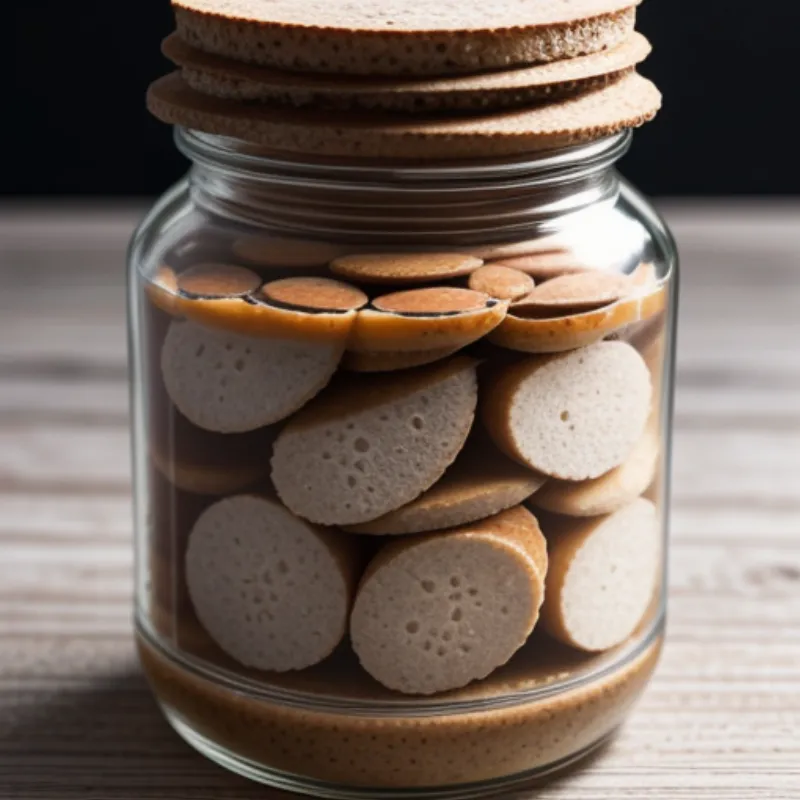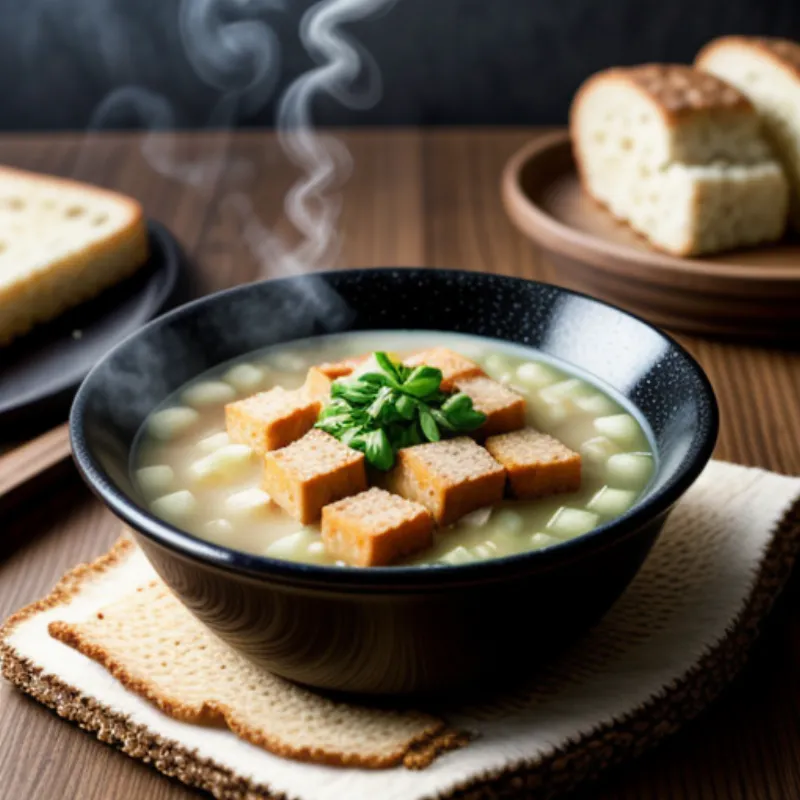Kvass, a traditional fermented beverage enjoyed in Eastern Europe for centuries, holds a special place in many hearts (and kitchens!). It’s known for its tangy, slightly sweet, and incredibly refreshing taste. The star ingredient? Kvass bread! This twice-baked bread forms the base for this bubbly drink, lending it a unique flavor profile.
Intrigued? You should be! In this guide, we’ll walk you through the process of making your very own kvass bread, step-by-step. It’s easier than you might think, and the reward is a delicious, gut-healthy beverage that will transport you straight to a cozy Eastern European kitchen.
Gathering Your Kvass Bread Ingredients
Making kvass bread is surprisingly simple. Here’s what you’ll need:
- 2 cups all-purpose flour (bread flour works beautifully too!)
- 1 cup warm water
- 2 teaspoons active dry yeast
- 1 tablespoon sugar
- 1 teaspoon salt
Optional additions for extra flavor:
- 1 tablespoon caraway seeds
- 1 tablespoon coriander seeds
- 1 teaspoon black peppercorns
Tools of the Trade
Before we embark on our kvass bread baking adventure, let’s gather our trusty tools:
- Large mixing bowl
- Plastic wrap
- Baking sheet
- Wire rack
Crafting Your Kvass Bread: A Step-by-Step Guide
-
Activate the Yeast: In your mixing bowl, combine the warm water, sugar, and yeast. Stir gently and let it sit for about 5 minutes, or until the yeast is foamy. This means the yeast is alive and ready to work its magic!
-
Combine the Ingredients: Add the flour and salt to the yeast mixture. If you’re adding any of the optional spices, now is the time to toss them in. Using your hands or a stand mixer, knead the dough for about 5-7 minutes, until it’s smooth and elastic.
-
First Rise: Shape the dough into a loaf and place it in a greased loaf pan. Cover the pan loosely with plastic wrap and let the dough rise in a warm place for about an hour, or until it’s doubled in size.
-
Bake the Bread: Preheat your oven to 375°F (190°C). Once the dough has risen, bake it for 30-35 minutes, or until it’s golden brown and sounds hollow when tapped.
-
Second Bake (The Key to Kvass Bread!): This is where the magic happens! Reduce the oven temperature to 250°F (120°C). Slice the baked loaf into 1-inch thick slices, then arrange them on a baking sheet. Bake for an additional 45-60 minutes, or until the bread is completely dried out and hard. You want it to be deeply browned, almost like toast.
-
Cool & Store: Once the bread is nicely toasted, remove it from the oven and allow it to cool completely on a wire rack. Once cooled, store your kvass bread in an airtight container at room temperature.
 Kvass Bread in a Jar
Kvass Bread in a Jar
Tips & Tricks for Perfect Kvass Bread
- Yeast Activity is Key: Make sure your yeast is fresh! If it doesn’t get foamy after 5 minutes in the warm water and sugar, it might be time to get a new batch.
- Don’t Over-Bake (The First Time): Remember, you’ll be baking the bread twice. The first bake is just to get the bread cooked through. It’s okay if it’s a little pale.
- Dry, Dry, Dry!: The second bake is all about drying out the bread. This creates the perfect environment for the fermentation process that gives kvass its characteristic tang.
The Beauty of Kvass Bread: More Than Just a Drink Base
“Kvass bread is a versatile ingredient,” says renowned fermentation expert, Anya Petrova. “While it’s traditionally used for kvass, you can also crumble it and use it as a topping for soups and salads for a delightful crunch.”
 Kvass Bread Croutons on Soup
Kvass Bread Croutons on Soup
Ready to Dive into the World of Kvass?
Making your own kvass bread is a rewarding experience that fills your kitchen with warmth and the promise of something truly special. It’s a testament to the age-old tradition of fermentation and the simple joys of creating something delicious from scratch.
So why not give it a try? Share your kvass bread baking adventures with us in the comments below! And stay tuned for our next post where we’ll show you how to use your homemade kvass bread to brew up a refreshing batch of traditional kvass!
